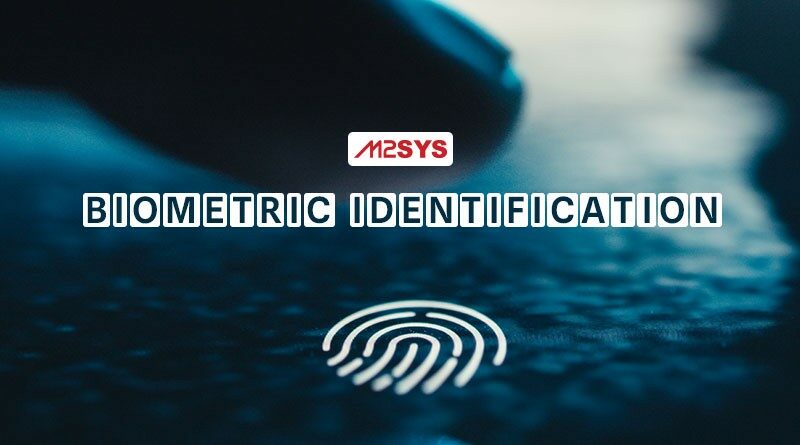What is Biometric Identification and How Does It Work?
Humankind has gone through multiple revolutions, and we are currently in the midst of the digital process, in which demand for tech-based products and services is at an all-time high. New opportunities, as well as security concerns, are emerging as a result of the new digital revolution. As a result, traditional security approaches are becoming absolute, and the usage of biometric identification is rising. However, what exactly is biometric identification and how does it work? In this article, we will learn everything there is to know about biometric identification.
What is biometric?
To comprehend biometric identification, we must first grasp what biometric means. Biometrics are biological measures, often known as physical traits, that can be utilized to identify users. Fingerprint recognition, facial recognition, and retina scanning are all examples of biometric technology, although these are only the most well-known.
Researchers say that the shape of one’s ear, the way one sits and moves, specific body scent, veins in one’s hands, and even facial contortions are all unique identifiers. Biometrics is further defined by these qualities.
What is biometric identification?
Biometric identification is the technique and practice of using biometrics to identify users seeking access to protected systems. Using physical traits such as fingerprints, face scans, or distinctive handwriting styles, a physical system can compare scanned features against a recorded digital identity to determine if a person is who they claim to be. Biometrics are important in authentication because they are frequently reliable and permanent identity proof.
The process of authenticating a user’s identity is known as biometric identification. The purpose is to get some biometric data from this person. It could be a photograph of their face, a voice recording, or a fingerprint picture. The information is then compared to biometric data from a large number of other persons in a database. Biometric identification attempts to match an individual to a group of persons to ensure that the person is a member of the group. This is also called 1:N matching or identification.
Popular modes of biometric identification
Physical identification technology has advanced to the point where numerous methods of scanning individual physical traits to establish reliable IDs are available. Here are a few examples of common biometric identification methods:
Fingerprint scans
Fingerprint scans, one of the most used types of biometric ID, use the uniqueness of fingerprints to project physical devices such as computers, smartphones, and tablets and may be found on both business and consumer-grade electronics.
Facial Recognition
Facial scans, another tool that has made its way into the consumer market, may use unique facial traits and feature configurations to detect identification.
Vein and Iris Scans
These scans employ patterns of veins in the finger or iris characteristics to identify identity. Because these identifications are primarily touchless, their popularity is growing, as contactless biometric technology is best suitable for the post-covid era.
How does biometric identification work
Despite their apparent sophistication, biometric technologies all follow the same three steps:
Enrollment
When you first use a biometric system, it records basic information about you, such as your name or a unique identification number. It then records or pictures your distinguishing feature.
Storage
Most systems, contrary to popular assumptions, do not preserve the whole image or video. Instead, they look at your personality trait and turn it into a code or graph. Some systems store this data on a smart card that you carry with you.
Compare
The system compares the feature you provide to the data it has on file the next time you use it. The computer then either approves or rejects your claim to be who you claim to be.
In all systems, the same three components are used. A sensor that detects the attribute that will allow you to be identified. A data-processing computer that reads and saves information. Software that examines and converts the characteristics into a graph or code and compares the results.
Importance of biometric identification
Offering consumers solutions is an effective way to build the trust necessary to boost the company’s image. Biometric technology has the potential to benefit both customers and businesses.
Quick Onboarding
Biometric identification can be used to validate clients in a matter of minutes. Users can enroll in real-time by following a simple and clear procedure.
Private Channel
Online users can use their biometric profiles to validate their identities and securely communicate with companies in order to execute online activities like account opening and digital payments.
Identity Fraud
Biometric identification protects a company’s clients from identity theft. It aids multinational corporations in combating internet theft by stopping identity thieves from obtaining necessary user credentials. In this way, biometrics can help with end-user identification verification.
Minimizing Cybercrime
Fraudsters steal a user’s identity and use it to commit a variety of cybercrimes, including money laundering, fraudulent account openings, terror funding, and the creation of bogus identities to issue fake credit cards. Because it provides a user profile based on a collection of features that are unique to an individual, biometric identification reduces the danger of cybercrime.
Ensure KYC
The Know Your Customer (KYC) procedure uses rules and regulations to authenticate a user’s identification and is an important component of company operations. Businesses can use biometric verification to conduct KYC screening on their customers remotely and securely.
Biometric as a service is a common type of Biometric Identification service that makes use of cloud infrastructure. It is simple and inexpensive, so contact us right away if you wish to employ cloud biometric identification.












I am using CloudABIS by M2SYS and I do not have any complains with the system. It very easy and simple to use and it has multimodal capabilities. To me it is one of the best cloud based biometric identification service at this moment.